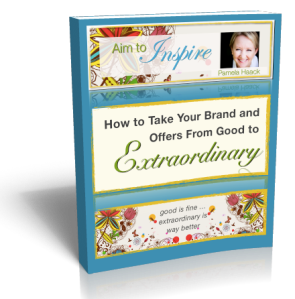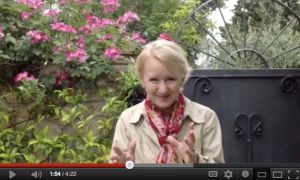In JV Partnerships and the Long, Slow Lunch Part 1, I mentioned how the long, slow lunch strategy begins with blocking time to get to know a potential joint venture business partner better, and then opening up your observation skills and heightening your senses so that you are aware of things that might otherwise slip right past you.
Part 2 is about making yet another list – your ideal partner characteristics list.
In order to form a joint venture business partnership with the right person, it’s important that you’re clear about what kind of person you’d like to work with. Finding yourself knee deep in a project with someone who does not share your values or your passion can be uncomfortable at best. At worst, it can be a costly, brand-damaging embarrassment.
So grab that pen and paper again, and now list words and phrases that describe your ideal JV partner.
Is your ideal business partner spiritual? Is she a vegetarian? Is she an experienced speaker? Is she just starting her business?
The more clear you are about what you’re looking for in a business partner, the more likely that you’ll find someone who fits the bill. In fact, once you’ve written your “ideal partner list”, you’ll also be able to recognize very quickly if someone you’ve met will not be a good JV partner – at least not for you.
Strategically approaching JV partnerships is essential is creating high quality, long-lasting business relationships – plus you’ll find these are the people who also become your very good friends. Gotta love that!
If you’d like to receive these free video tips and strategies in your inbox each week, click  here to sign up. Plus, you’ll get a free, downloadable copy of Aim to Inspire: !5 Ways to Take Your Brand and Offers From Good to Extraordinary
here to sign up. Plus, you’ll get a free, downloadable copy of Aim to Inspire: !5 Ways to Take Your Brand and Offers From Good to Extraordinary

